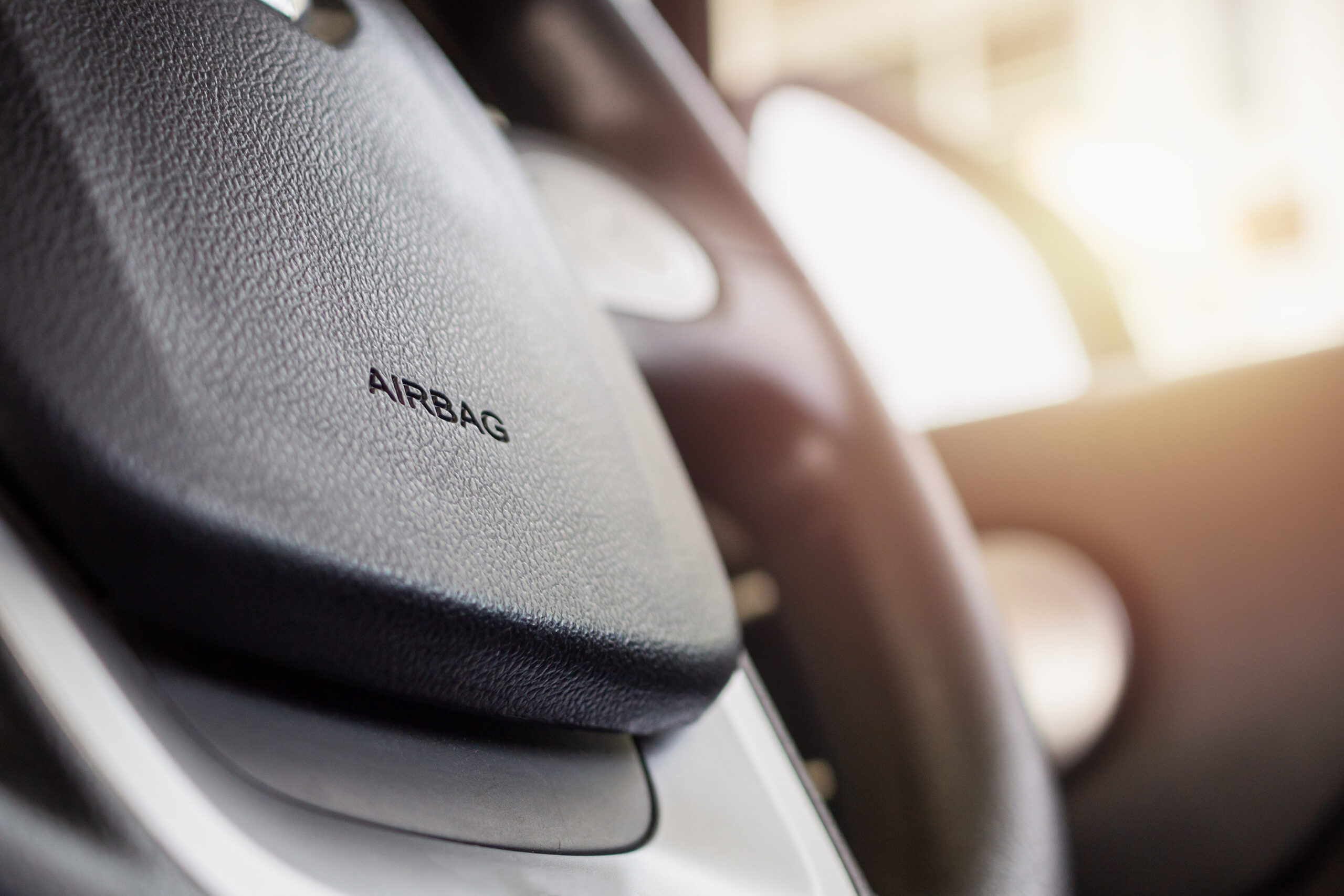There are many routine activities that we undergo when we get behind the wheel of a vehicle. However, just because something is “routine” does not make it any less dangerous. Changing lanes is something we all do, but it can lead to serious accidents. Lane changes are an important part of driving, whether you are on city streets or on the highway. When a lane-changing accident occurs, who is at fault?
Car accidents are going to happen
The Florida Department of Highway Safety and Motor Vehicles (FLHSMV) statistics show that there were more than 400,000 total crashes were reported during the latest year of available data. Out of these crashes, there were:
- 3,116 total fatalities
- 254,310 total injuries
- 20,380 incapacitating injuries
Assigning fault in a lane change incident
Just like any car accident in Florida, a police investigation will usually result in the officer citing one of the drivers for the crash. Sometimes, both drivers contribute to the incident, but in varying degrees. That can all get very confusing when it comes to insurance issues.
When a driver wants to make a lane change, they must activate their turn signal in the direction they want to go. This gives warning to other drivers around them that they want to shift. The driver of the vehicle changing lanes should check their mirrors and blind spots to make sure they are clear before they change lanes. A driver should never change
When could a driver changing lanes be at fault?
- If they did not activate their turn signal before changing lanes and collided with a vehicle that had just pulled up to their side.
- If they did not check their mirrors or blind spot and changed lanes right into the vehicle beside them.
- If they cross multiple lanes of traffic at once without stopping in each lane and signaling their intention to change again.
Generally speaking, a vehicle that enters a lane of traffic will be at fault for an accident that results from entering that lane. There are some scenarios where both drivers could be cited for being at fault, including:
- If both vehicles were attempting to change lanes at the same time and end up sideswiping each other.
- If the driver of the vehicle already in the lane exhibited unlawful behavior such as reckless, impaired, or distracted driving.
- If the vehicle already in the lane exhibited vehicle failure such brake or headlights that are not working properly.
- If a driver rear-ends someone after they complete a lane change, possibly showing they were driving too fast for conditions.
What about when merging into traffic?
If a driver is merging from one street to another, for example, from a city street onto a highway, they need to realize the vehicles already on that road have the right-of-way. Drivers who wish to merge into traffic must activate their turn signals and wait until there is an opening in traffic big enough for them to merge into. Sometimes, this will require the vehicle wishing to merge to come to a complete stop and wait. While it is polite for drivers in other lanes to move over and allow an easy merge, they do not always have the opportunity to do so, and they are not required to do so.













